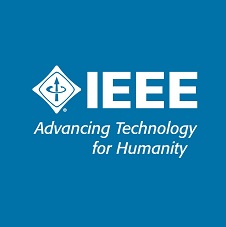VII. CONCLUSION
This paper urges a general approach to obtain optimal coefficients of LBP through the genetic algorithm. It also proposes constructive chromosome generators to produce valid chromosomes.
It checks validity of chromosomes, coefficient-sets, during the entire process of the genetic algorithm. The genetic algorithm generates defective chromosomes, not satisfying the summation constraint. The proposed rectification algorithm scrutinizes new chromosomes whether they are valid. Under invalidity, the rectification algorithm repairs the invalid chromosomes.
One of the advantages of the constructive GA for LBP is to make LBP adaptable to new environments based on a specific application. That is, it employs parts of application data to excel itself.
The results on the FERET and Extended Yale B datasets indicate that the proposed method successfully leads to higher face recognition rates than LBP.








